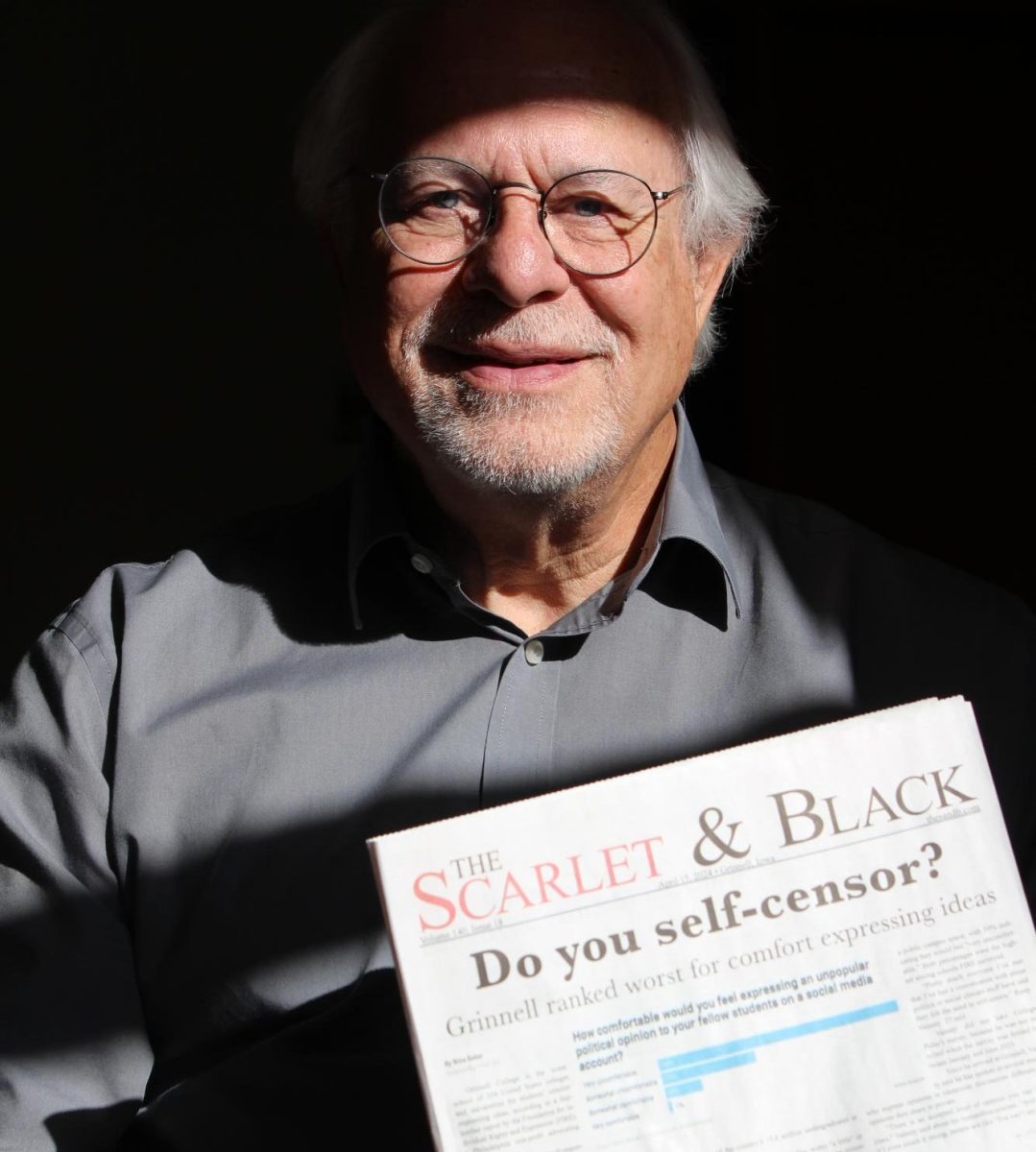In December of 2023, Grinnell College students received an email informing them of a shift in meal plan options for the 2024-25 academic year. As it stands, the full meal plan next semester will come in at a whopping $8,964 for students in traditional dorm housing. For off campus or apartment style housing, students are also given the option to pay $3,702 for 200 meals a year, or a little less than 7 meals a week. In their email to the student body the college claimed to be considering “issues of health, wellness, nutrition, and food insecurity”. These options are not adequate, and do not accomplish the goals outlined by the college.
For the purposes of comparison, the US News and World report estimated groceries for one teenager cost around $87.90 per week. There are 30 weeks in the academic year, meaning students can reasonably plan to spend around $2,700 on groceries.
If you subtract a $2,700 stipend for groceries from the $8,964 cost of the full meal plan, this leaves a difference of $6,264 — meaning students would save over $200 per week by not being on the meal plan. If a student were to value food preparation time at $13.50 an hour — the amount student workers are now paid on campus — that money saved would translate to about 15.5 hours of food preparation per week, more than 2 hours per day.
As a working college student who is off the meal plan, I can tell you I eat delicious, nutritious meals everyday and usually spend less than an hour a day on food prep. Meal prepping on the weekends and eating easy to assemble meals, like protein smoothies for breakfast, makes this time allotment incredibly attainable. If a student were off the meal plan (or just paying for groceries) they would be saving enough money to have a generous grocery budget and have money left over to account for a significant amount of food preparation time.
In a private meeting between President Anne Harris and residents of Grinnellians Who Are Ready to Cook (GWARC) House, which I was present for, President Anne Harris claimed that Grinnell wanted to be sure students (particularly low income students) were setting aside enough money for food throughout the semester. If this is the college’s goal, students should have a $2,700 purely dining dollar option to cover the cost of groceries. This assures that students have the money set aside, but does not impose requirements on where students get their food. It is important to note that dining dollars can be spent in the Dining Hall, so students truly would have access to all the same food.
It is not the wealthiest of Grinnell students who keep our Dining Hall running. — Bella Villarreal `26
Additionally, many low income students pick up jobs on and off campus which can limit time flexibility. Our college is too small to have a Dining Hall open at all hours, and sometimes is unable to serve students who work during the scheduled meal times. In limiting our options to one source of food, this also forces students to align their free time with the Dining Hall’s open hours, something which will overwhelmingly affect low income students and students who work more hours.
Aside from the financial reasons a student might not want to be on the meal plan, there are many students the Dining Hall may not serve well. Students who are sensitive to overstimulation may find the Dining Hall an overwhelming experience. Additionally, students may be self conscious of eating for various reasons and find dealing with the highly public Dining Hall environment difficult. Also, students with allergies and dietary restrictions find it hard to always enjoy a well-rounded meal, and often deal with cross-contamination. Regardless, there is never going to be a world in which one Dining Hall is able to equitably serve every student. We do not expect this. We simply want to be given the choice to make our own decisions about where our food comes from. Regardless, there is never going to be a world in which one Dining Hall is able to equitably serve every student. We do not expect this. We simply want to be given the choice to make our own decisions about where our food comes from. — Bella Villarreal `26
Grinnell claims that they know low income students don’t have enough money for food because of an increase in the use of the local food pantry. I would love to see Grinnell College fund our local food pantry. If the college feels there aren’t sufficiently nutritious options at the food pantry currently, the solution is not to bottleneck students into a different one-size fits all option, but to expand the food pantries options. Clearly there is demand for alternatives to the Dining Hall. Why not invest in providing students the options they so evidently desire? The college has seen the choices students are making about our food, and has decided that our choices are wrong, so their response is to take away our ability to make choices. This plan is directly in contradiction with Grinnell College’s stated “strong tradition of self-governance and personal responsibility.”
This plan is ill thought out for its constituency. If the goal is to help food insecurity and low income students, don’t force students to pay for expensive plans. In every case, students profit by not paying the school for their food, even when accounting for the cost of students’ time. The main benefit of this plan is convenience, which a student should have the option to choose if they want. This plan is financially unadvisable and limits students to a single prescribed option for food — something that will never be able to accommodate every student’s needs.













UD • May 14, 2024 at 6:44 am
Bravo, Bella!
DP • Apr 28, 2024 at 4:39 pm
So true. Tell em Bella!